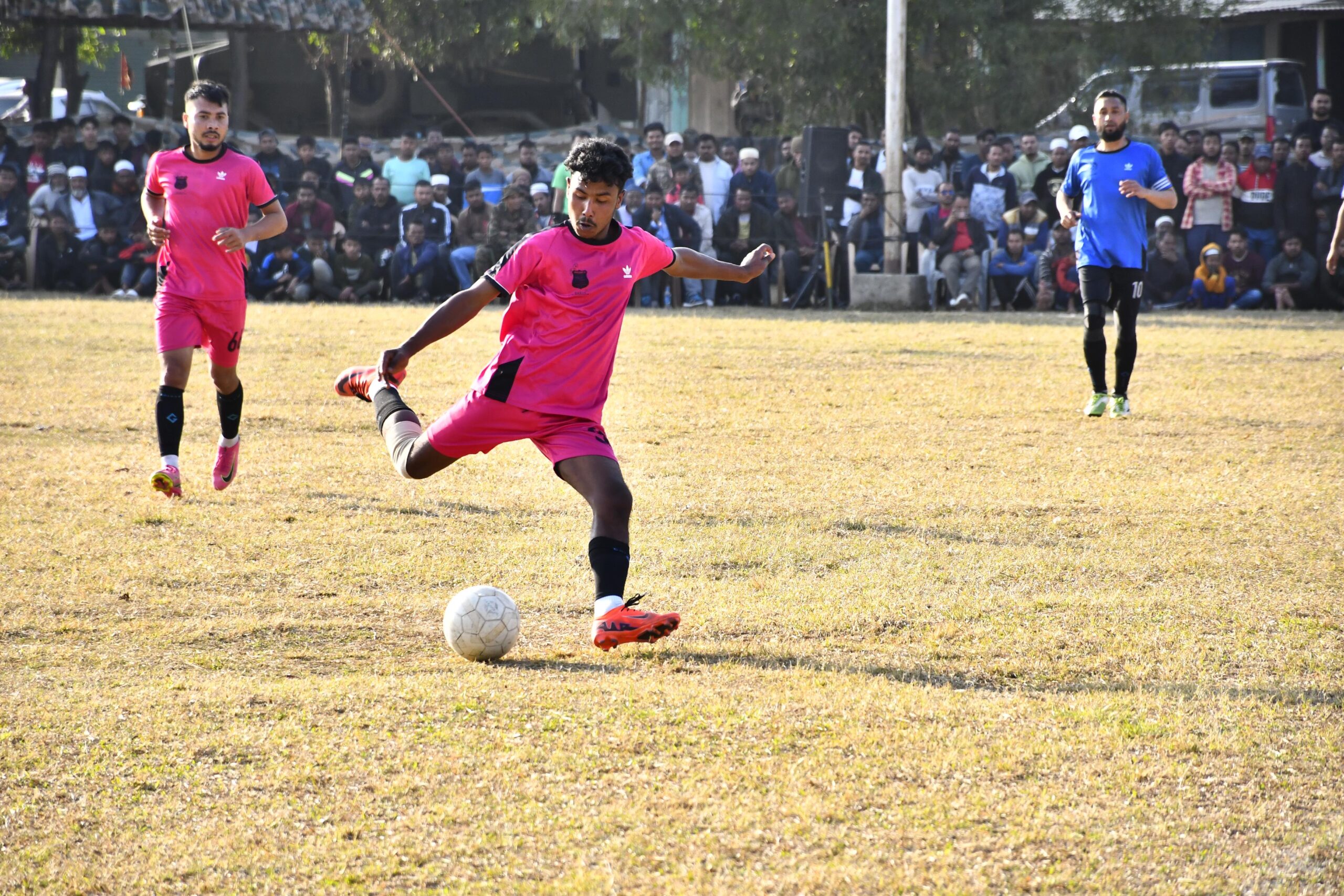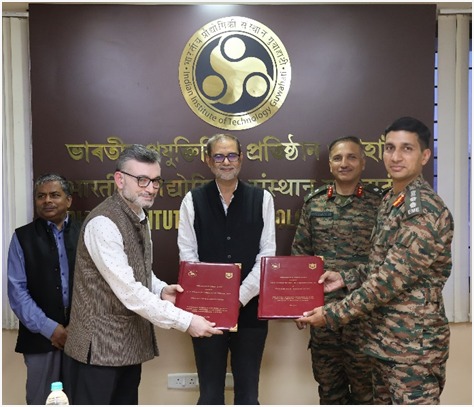The Indian Institute of Technology (IIT) Guwahati researchers have devised a new technique to reduce ‘Acid Mine Drainage’ in the coal mines of northeast India and have claimed it to be the first study to demonstrate bioremediation.
According to the study published in the noted Chemical Engineering Journal, ‘Acid Mine Drainage’ (AMD) refers to the acidic wastewater generated from coal mines (or any polymetallic mines), containing significant concentrations of sulfate, iron and various toxic heavy metals.
This research addresses the long-term operational sustainability issues encountered in Constructed Wetlands (CW) receiving AMD; by offering an efficient sustainable treatment approach to reduce AMD pollution.
The IIT-Guwahati Professor at Department of Civil Engineering – Saswati Chakraborty remarked that “the research’s preliminary findings suggest an efficient management plan for the highly acidic AMD from the NEC, which continues to be a difficult source of water pollution and environmental contamination as a result of mining activity along this region.”
The researchers claimed that implementation of this technology will ensure ecosystem restoration, which will prove advantageous to all stakeholders.
“The AMD generation is a persistent environmental issue from the NEC. In order to address this concern, we investigated the potential bioremediation approach using nature-based technology – CWs and obtained some very promising results which can be further implemented at field-scale applications by coal mining industries,” – informed a research scholar at IIT-Guwahati – Shweta Singh.













